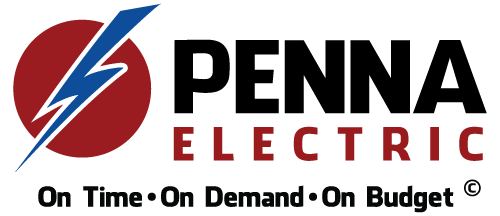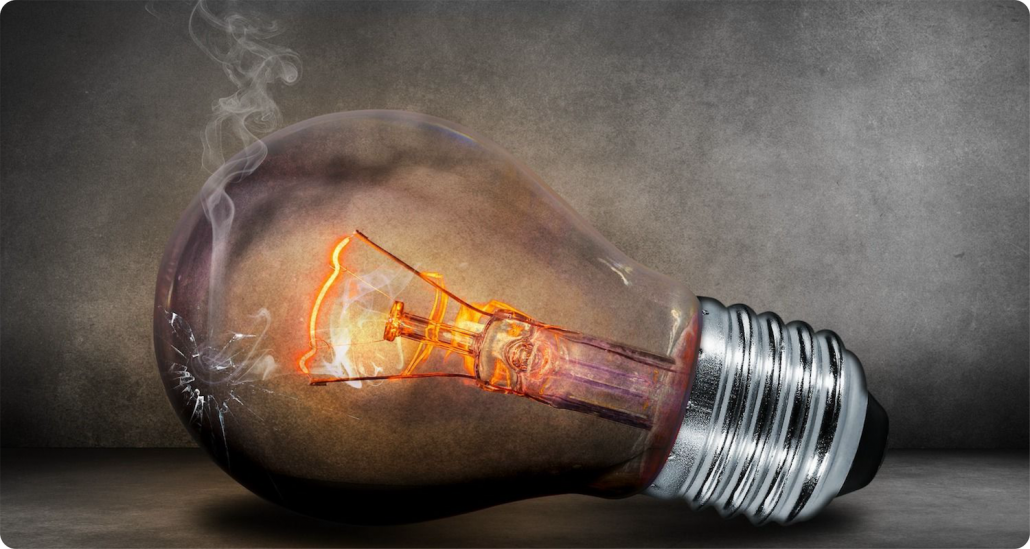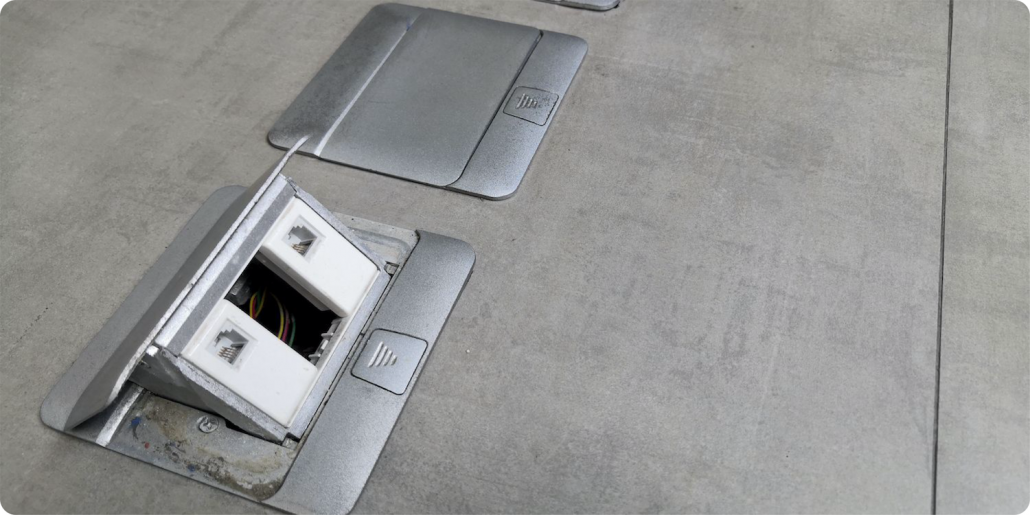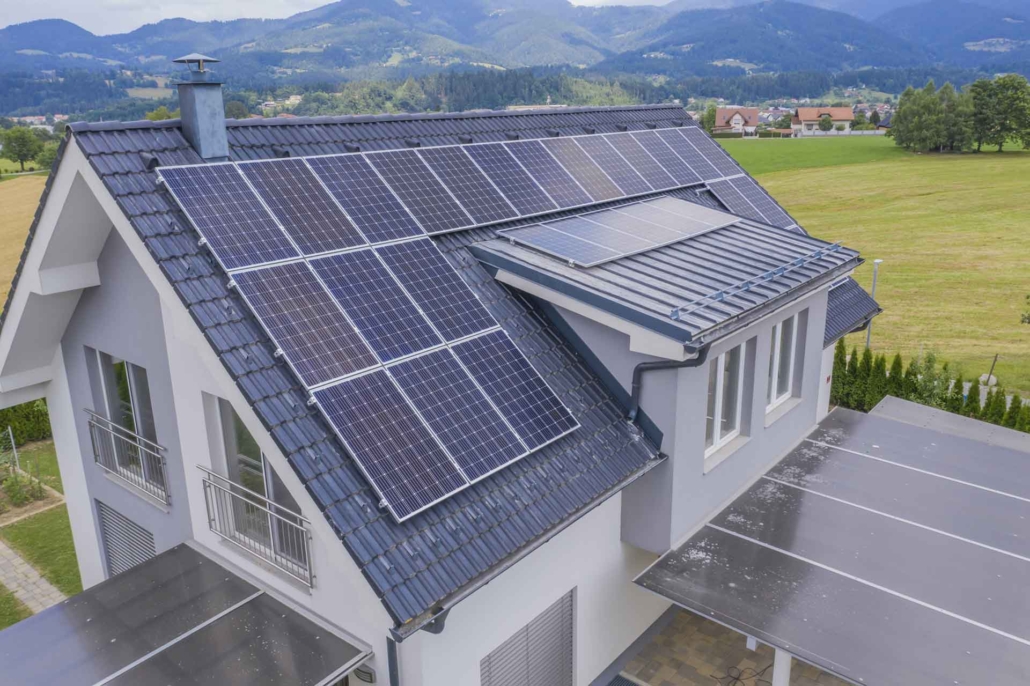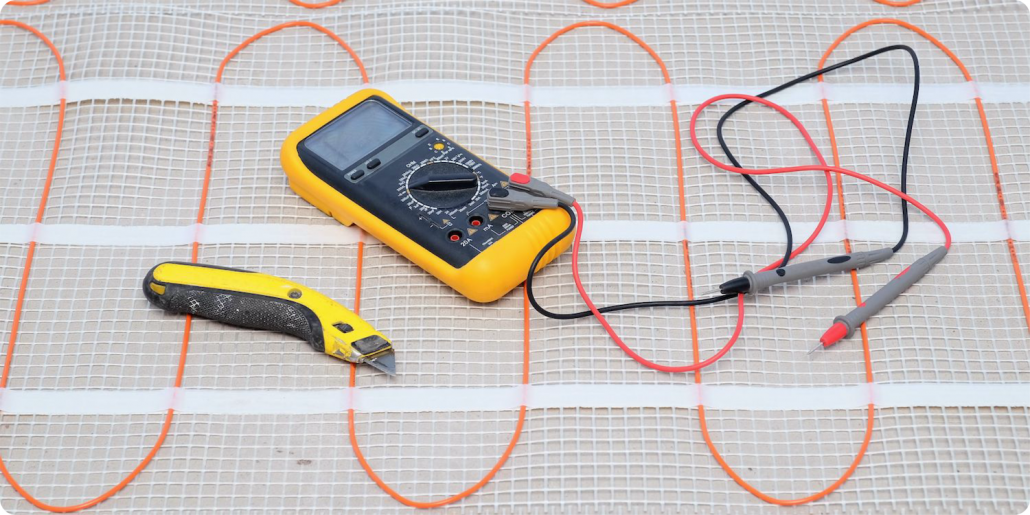May 6, 2021 | Cristina Dinulescu
An electric service drop is the main connection between the power pole of the electric utility company and your house. It’s mainly a bundle of cables that run from the pole to your property’s connection. Obviously, the power company lines are higher than residential properties, therefore the cables have to literally drop in order to reach your home, hence the naming convention.
Some homes don’t have a service drop, in which case the electrical cables are run underground. Whether it’s overhead or underground, the drops consist of a hot primary feed and a neutral feed that go from the utility line to the transformer. The transformer will then feed two hot wires and a neutral to the service drop.
Both options are perfectly fine and it is sometimes up to the owner to choose which is best if it’s a new construction. Of course, the overhead connections are noticeable since they’re above the ground, whereas underground feeds are hidden, which can be more aesthetically pleasing. In terms of safety, there is some danger associated with both options. While overhead wires can be a hazard for tall trucks and farm implements, buried wires always leave the possibility of digging danger.
What Is The Service Drop?
As mentioned above, the service drop provides all power to your home, it is the connection point where all electricity comes through. If, for any reason, the drop goes down, then you’d lose all power to your home. The service drop usually goes down in severe weather conditions, such as storms when there are downed trees, or even large fallen limbs, as well as heavy ice build ups. If this happens, it can be extremely dangerous, as they carry a lot of electricity. Never approach a fallen service drop.
A standard drop consists of 3 conductors, or cables – two hot ones, each carrying 120 volts, and a neutral conductor, usually a bare, aluminum cable. The latter provides structural support for the drop.
In some areas, service could vary from this table, so the best thing to do is contact your local power company.
What’s The Difference Between a Service Drop and Buried Power Lines?
For many years, service drops were the absolute standard when it came to residential electrical systems. However, over the recent years, many new constructions prefer underground cables or buried power lines. In fact, when power lines are buried, they’re referred to as service lateral, rather than service drop.
Recent constructions prefer buried lines because they’re not as vulnerable to weather conditions like high winds, or to falling trees, or any such destructive effects. Not only that, but they’re not visible, which reduces the danger of accidental contact.
However, if you go through a remodeling or any repairs are needed that involve digging, buried power lines are at risk of being struck by the construction or repair crew. Also, the installation process and any repairs are more expensive and labor-intensive when it comes to buried lines compared to overhead service drops.
What Are The Service Drop Requirements?
Local building and electrical codes dictate the minimum height requirements for service drop cables. However, all local provisions must follow the recommendations of the National Electrical Code, also known as NEC. Usually, the height requirements are 12 feet above ground for service drops, which also applies to sidewalks and residential driveways. For decks and porches, where only pedestrian access is possible, the height requirement is usually 10 feet, while for swimming pools is 22 ½ feet. Public roads require 18 feet above the ground for overhead service drops.
The height requirement is not the only provision to take into account, in fact, that should be the job of your utility company and professional electrician. You should know, however, that you are required to let your power company know if anything goes wrong with the service drop. You are not allowed to perform any work or repairs on it. Actually, you can’t even shut off the electricity through those wires, that’s something only the utility company can do.
The same goes for the cables between the drop and your home’s main electrical panel. These are live at all times and if there’s any problem, you are required to call the utility company. If, on the other hand, you notice an issue with the service head or the cable between the service point and the main panel, then you may call a licensed electrician.
What Are Service Point & Service Head?
The service head is the assembly that connects to the service drop when this reaches your home. The service head is also known as service mast or masthead. The assembly is usually a steel conduit topped with a fitting resembling a shell. This is called a weather cap or weatherhead. The conduit runs along an exterior wall or up through the roof, depending on your setup.
The service point is the connection between the service drop cables near the mast and the cables that start at the service panel and the electric meter, running through and out of the service head. This point is the dividing line between the property of the utility company and yours. The service cables have to make a downward loop near the service point, which is also known as a drip loop. This is done in order to prevent water from running down the cables and entering the service head. Instead, any water that travels down outside of the cables collects in the loop, and eventually drops off.
The right electrical upgrade can dramatically improve the value and appearance of any home or business. You’ll be amazed at what a difference the right electrical upgrade can make for your home or business. Make sure that when you select an electrical company to do the enhancement of your home and you have decided to take your enhancement to the level where you require an electrical upgrade that the technician at the company has a good working knowledge and the experience to properly guide you in this area.
When you decide to upgrade, our well-trained and certified electricians have all the experience and training needed to complete your electrical panel upgrade project from start to finish, with a minimum of fuss or disturbance. Please contact us right away at 310-800-2401
